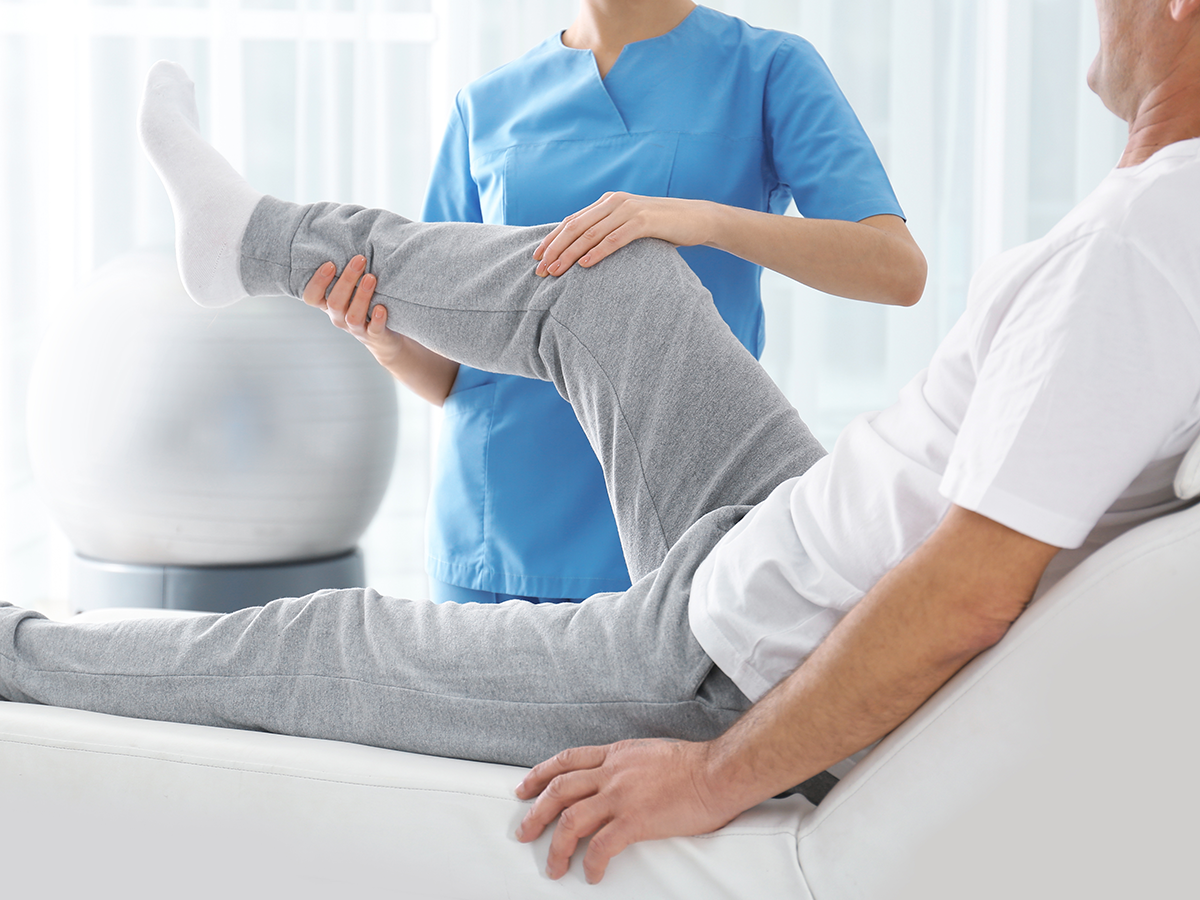Mastering a Science of Human Factors to Improve Comfort and Performance in Work Environments
Mastering a Science of Human Factors to Improve Comfort and Performance in Work Environments
Blog Article
Mastering this discipline of ergonomics is critical for creating professional environments that advance comfort and productivity. Applied ergonomics is the methodology of engineering work environments, tools, and tasks to fit the requirements of workers. By focusing on how staff utilize their surroundings, businesses can minimize strain and mitigate musculoskeletal problems. An ergonomic workspace encourages efficient movement and lessens strain, which can lead to improved performance and satisfaction among team members.
One important aspect of human factors design is the organization of furniture and tools. Workstations should be at a position that allows workers to sit with their elbows at a 90-degree angle while keyboarding. Ergonomic seats should deliver adequate lumbar stability for the lower back, supporting neutral positioning. Additionally, display devices should be mounted at eye level to prevent neck strain. By ensuring that these elements are properly adjusted, workers can maintain a ergonomic position throughout their workflows, minimizing fatigue and improving cognitive performance.
Another important factor in an ergonomic workspace is the use of appropriate tools and technology. This includes keyboards, navigation tools, and other components crafted to great site limit cumulative trauma disorders. For instance, using an orthopedic typing device can contribute to minimize wrist pain caused by prolonged typing. Furthermore, adjustable chairs and sit-stand desks allow employees to modify their position throughout the day, which can relieve postural fatigue and increase alertness. Investing in quality ergonomic furnishings can generate healthier work habits and improved productivity rates.
Illumination is also a critical pillar in occupational planning. Balanced lighting can minimize visual fatigue and make it easier to focus on their job functions. find Daylight is preferable, but if that is not available, using task-specific artificial lighting can aid providing a inviting atmosphere. It is advisable to avoid harsh fluorescent lights that may cause headaches or fatigue. By incorporating sufficient lighting, organizations can create an environment that advances both clarity and efficiency.
To conclude, advocating for periodic breaks is imperative for maintaining an balanced workspace. Motivating workers to take short breaks can assist relieve physical tension and mental fatigue. During these breaks, personnel should be advised to stretch or change location to improve physical engagement. Structuring scheduled break times can facilitate build a routine that protects human performance without compromising productivity. In summary, applying ergonomics in the professional environment not only improves comfort but also fosters a more engaged work culture where team members can thrive.